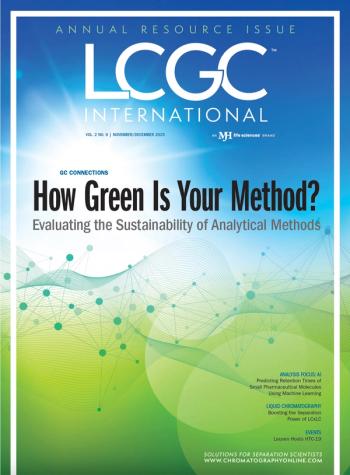
Korean Scientists Shed Light on Atrophy Prevention
In the first reported study of skeletal muscles in hibernating creatures by two-dimensional gel electrophoresis (2-DE), scientists from Korea have attempted to shed some light on the molecular processes behind atrophy prevention.
In the first reported study of skeletal muscles in hibernating creatures by two-dimensional gel electrophoresis (2-DE), scientists from Korea have attempted to shed some light on the molecular processes behind atrophy prevention.
Researchers from Yonsei University and the Korea Atomic Energy Research Institute, led by Dr. Inho Choi, studied the pectoral muscle of the Korean great tube-nosed bat (Murina leucogaster ognevi). They captured the bats in a natural cave in three different states: summer active (SA), winter hibernation (HB), and the early phase of arousal from hibernation (AR). Afterwards, they dissected the muscles from bats.
Electron microscopy was used to study the myofibrillar structures of the muscles and their contractile properties also were measured. These revealed that the muscles showed no signs of atrophy or tension reduction following winter hibernation.
The proteins were extracted from the muscles for 2-DE, for quantification by image analysis and identification by digestion with trypsin for mass spectrometric analysis. This proteomic analysis yielded 109 protein spots following 2-DE but only 38 were identified by database searching because there is no bat protein database: the rat database gave matches with the highest scores. Of these, 28 were deemed to be relevant to the study and they were separated into metabolic, stress, and sarcomeric proteins. (The sarcomer is the basic unit of the myofibril).
During hibernation, levels of most of the proteins in each class were maintained, while it was thought that most of these proteins should have fallen during the period of dormancy. That they remained steady or were increased supports the theory that periodic bouts of arousal help to prevent muscle atrophy in bats by boosting the cellular and biochemical processes. Stress proteins help to protect and retain myofibrillar proteins during rewarming.
Newsletter
Join the global community of analytical scientists who trust LCGC for insights on the latest techniques, trends, and expert solutions in chromatography.



